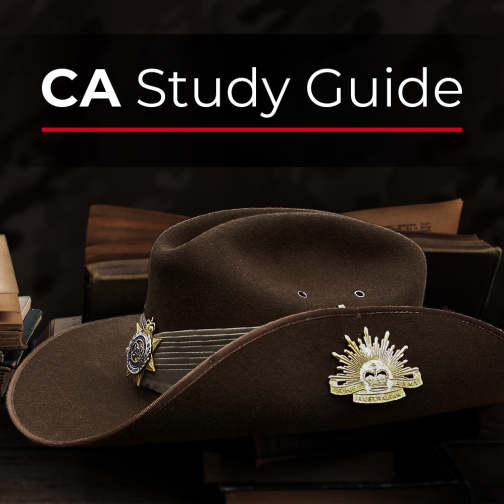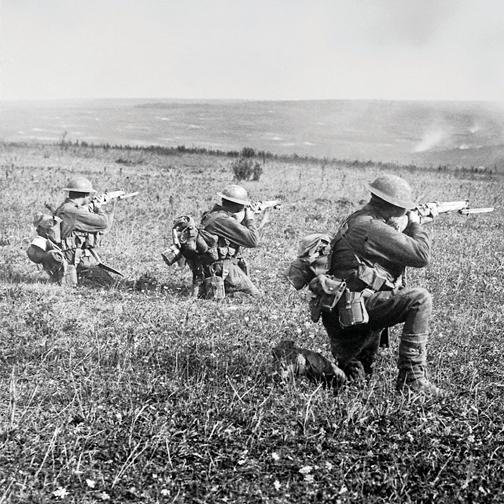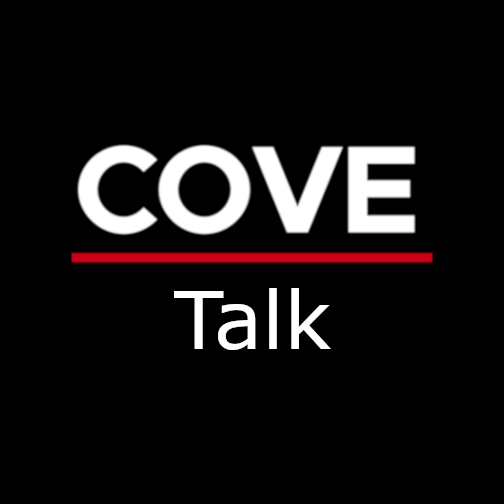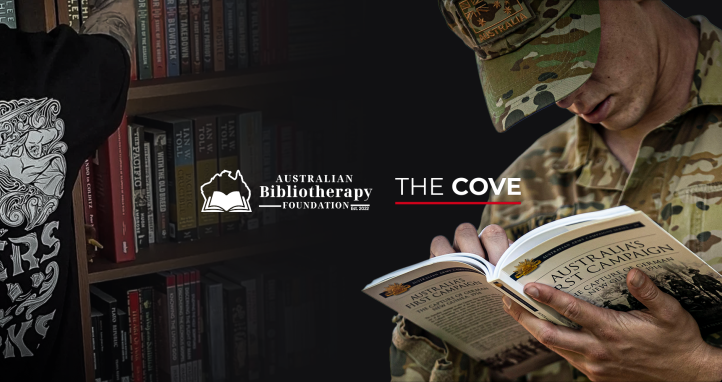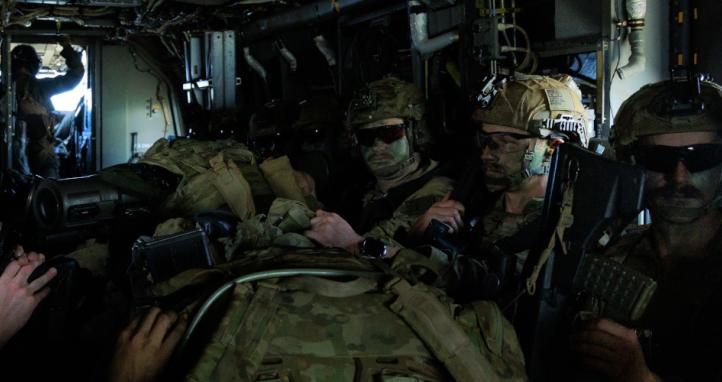The abbreviation MVP, is often associated with Most Viable Product, however, this is largely semantics. From a Military/Defence perspective, using the word Product implies we have an actual usable and deplorable product which entails considerably more than just a rapid prototype built as a single proof of concept and short range exploration to determine whether we are going in the right direction (and invest further) or down a rabbit hole (kill it).
In my last article 'The V-Twin Effect', I described in detail how the combined effects of Moore’s Law and the inversion of military/commercial R&D, which led to the rise of easily accessible and affordable Commercial Off The Shelf (COTS) technology, are acting like a forcing function on our military OODA Loop (observe, orient, decide, act) decision making cycles.
In this article, I will describe how an analog to a clutch, called a Minimum Viable Prototype (MVP) will provide our military the ability to match the increase in OODA loop 'crank speed' forced by the combination of Moore’s Law and military/commercial R&D inversion COTS ('pistons' that allow us to literally clutch the power of innovation using an MVP process).
A clutch is a device which grasps the rotational power from an engine crank and transfers it to the wheels.
In recent years there has been an explosion in methodologies related to design, entrepreneurship, and innovation exploration, as well as the popularity and commercial success of them.
These methodologies include:
- Lean start up
- Hacking 4 Defense (H4D is a derivative of Lean Start Up)
- Design Thinking
- Design Sprint (a derivative of Design Thinking)
- Disciplined Entrepreneurship
Each of these well established, commercially popular, and highly successful methodologies possess relative strengths and weaknesses. While I'm personally quite partial to Lean Start Up & H4D, rather than compare and contrast all of them, let’s focus on the shared DNA at their common core, the MVP. While the NZ Army continues to thoughtfully iterate towards a distinct innovation methodology, the MVP concept that I introduced at the 2016 NZ Army Innovation Challenge has since gained quite considerable interest and traction within the organisation.
So what is an MVP?
An MVP is a creative conceptual demonstration tool possessing the minimum feature-set required to explore and test a proposed solution to a specific problem. The concept of MVP isn’t new to the military, we’ve simply used different terminology and have tended to limit their use to solving only kinetic operational problems.
Mud models and mission rehearsals are forms of MVPs:


The purpose of an MVP is to explore non kinetic ideas 'better, faster, cheaper', in a similar way to mud models and rehearsals being used to 'test and adjust' ideas for dealing with kinetic operational problems.
What is an MVP process?
An MVP process embedded within an organisation provides it with an ability to conduct internal innovation exploration that, if used aggressively, consistently, and methodically, will clutch onto the increasing speeds of the OODA loop 'crank' as described in my last article 'The V-Twin Effect' and transfer that power into military innovation and implementation.
What happens before the MVP?
In order to get to the MVP process, two questions must first be answered:
- What is the clearly defined problem? Ensure it is a real problem. It sounds obvious, but only work on problems that exist. The most common mistake is solving a problem no one really has. Validate the problem definition with your end users.
- Who are the clearly defined end users benefiting from the problem being solved? In a military context, the end users are those with the least choice and the most to gain or lose in selecting/using an implemented solution. While end users in a military context do not likely possess the lowest signing authority for implementation, clearly identifying end users for research and feedback exploitation is absolutely critical to MVP success. Every end user soldier is an MVP sensor.
Once those two questions are answered various methodologies, including those previously listed, as well as our own JMAP, can be leveraged to develop an MVP process and course of action.
It's important to note that discovering and defining a problem can be conducted at every level of the organisation. Junior ranks are well positioned and motivated to target tactical level 'pain point' problems for the benefit of their peers and themselves, requiring senior leadership for authority and resources. Senior leadership possess the broader perspective and motivation to target operational and strategic level 'pain points', requiring junior ranks for support in implementation. Enlisted soldiers and officers have a symbiotic and collaborative role in military innovation.
How does an MVP process work?
Once ideation is complete and a potentially viable solution has been explored, the MVP is built.

Build: MVPs are built to be just good enough, hence the word minimum not maximum. MVPs are fast and cheap. MVPs are the starting point, not the destination.
Measure: It is critical to measure the performance of your MVP. If it's worth doing, it's worth measuring. If you don't measure it, don't bother building it.
Learn: Most MVPs will probably fail or only provide marginal price/performance improvement. In every industry from music and movies to venture capital and pharmaceuticals, the success rate of disruptive innovation is low. And that is why it's critical to keep MVP cost low, MVP process speed high, and embed the learning from every MVP into the organisation. If the organisation is taking lots of small calculated risks and learning from them, it's not called failure. It's called being an adaptive and agile team of teams.
Iterate: This is where 'good enough' begins its pursuit towards excellence. If the MVP is accepted by the command chain as worthy of further investment of time and resources for development and deployment, then it must improve through iteration using a 'combined arms innovation' process we will detail in a future article.
Why is embedding an MVP process beneficial to the military?
Embracing the concept of the MVP process and embedding it into the military organisation provides senior leadership with a proven platform to enhance 'team of teams' agility and adaptability, better leverages our under-utilised 'cognitive capital', offers great potential to increase soldier engagement and sense of ownership, and lays a cornerstone in the foundation of a future leaning and learning organisation.
Enlisted soldiers and NCOs use the MVP process to conduct tactical level innovation: scouting the near future like reconnaissance patrols. Command drive the 'team of teams' operational level combined arms innovation effort, leading innovation by design rather than leading innovation by example.
Possibly the best visual examples I can find that convey the iterative 'build, measure, learn' MVP process focused on 'better, faster, cheaper' to help us win the near future fight can be found in iterative improvements made by race car pit crews. The MVP process is the clutch that will allow us to grasp and transfer the incredible power of accessible and exponential technology into practical and tactical innovation where the rubber meets the proverbial road.
In short, integrating MVP into the military will allow us to fail small, learn fast, and succeed faster.
In my next article, we’ll conduct 'reconnaissance by fire' to try and engage readers in exploring a draft set of military innovation 'truths'.

